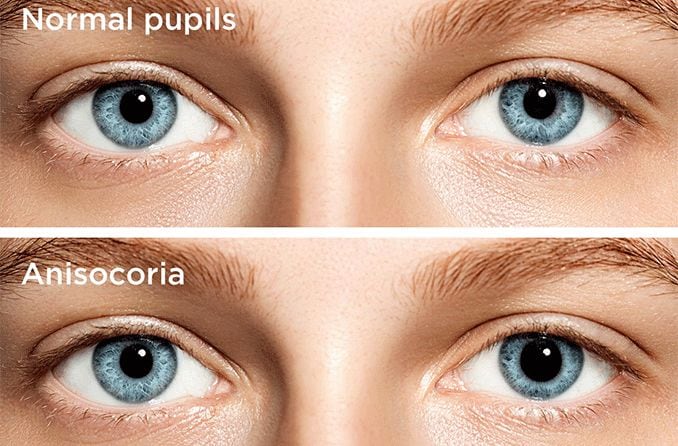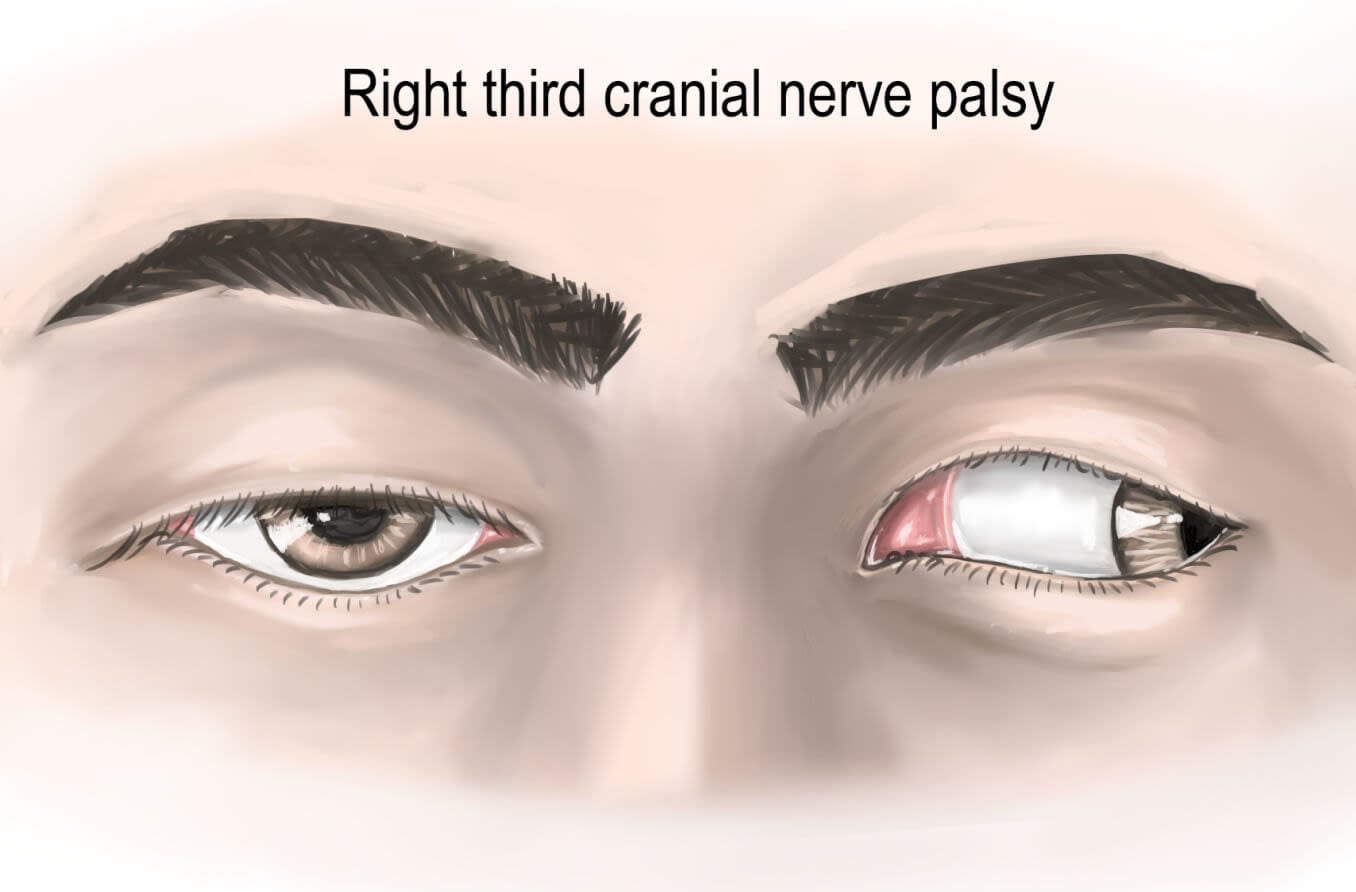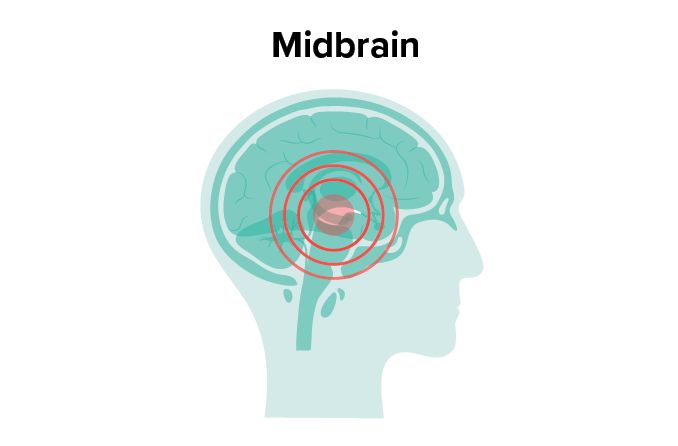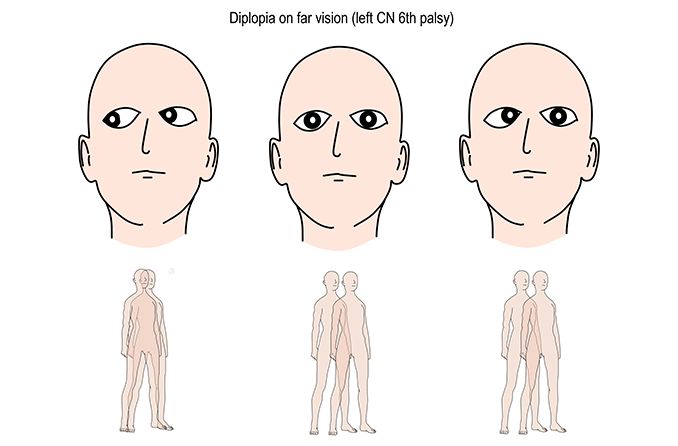What is visual agnosia?
Visual agnosia is a neurological disorder. A person won’t be able to recognize a familiar object using only sight even when they have otherwise normal vision. A person with visual agnosia may need to rely on other senses to recognize everyday items.
For example, a person who can’t identify a banana by looking at it will likely be able to name the familiar fruit by touch, smell or taste. Or, they would look at a toothbrush and not know it’s used to clean teeth without using the other senses to recognize it.
Visual agnosia is a type of agnosia. Agnosia is a neurological disorder. It interferes with the ability to recognize familiar objects using one of the five senses. The word agnosia comes from a Greek word meaning “lack of knowledge.”
With visual agnosia, a patient has difficulty recognizing objects or aspects of objects by sight. This happens because there is damage along one of two main visual pathways in the brain. The “what” pathway relates to what you are seeing. The “where” pathway relates to the location of an object in space.
People with visual agnosia may have no other problems with their eyesight or with their memory. But they likely have damage in certain parts of the cerebral cortex. These areas are responsible for processing specific aspects of vision.











